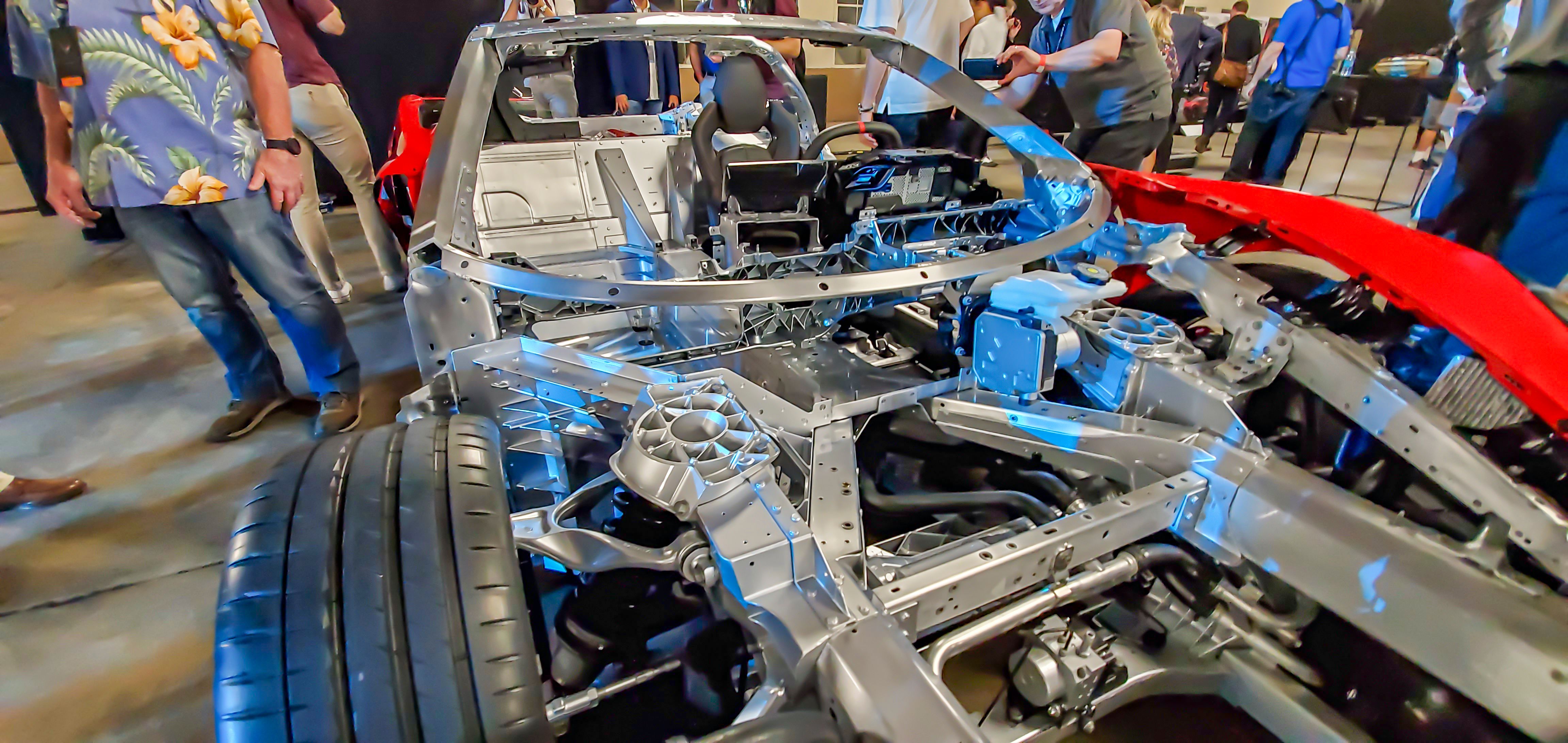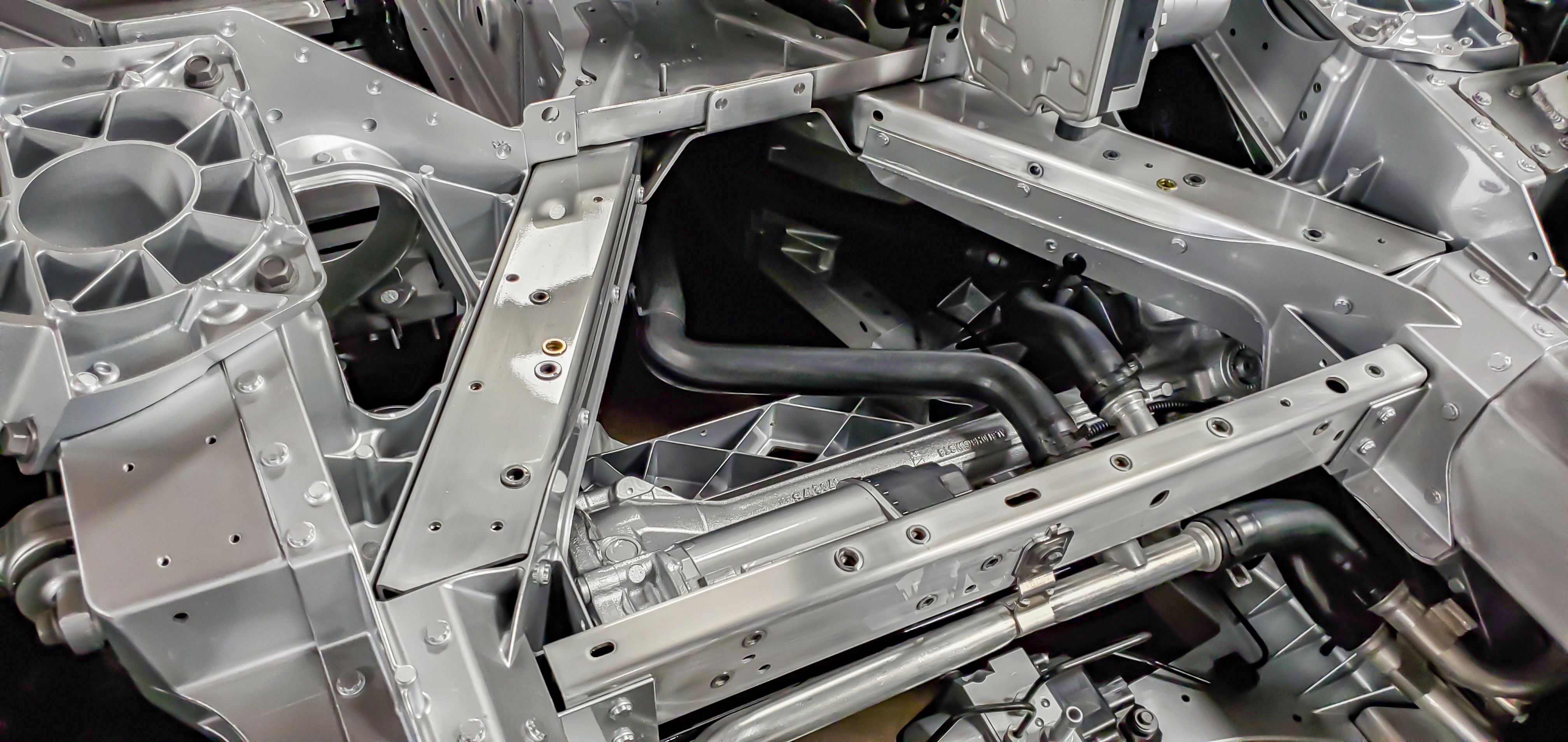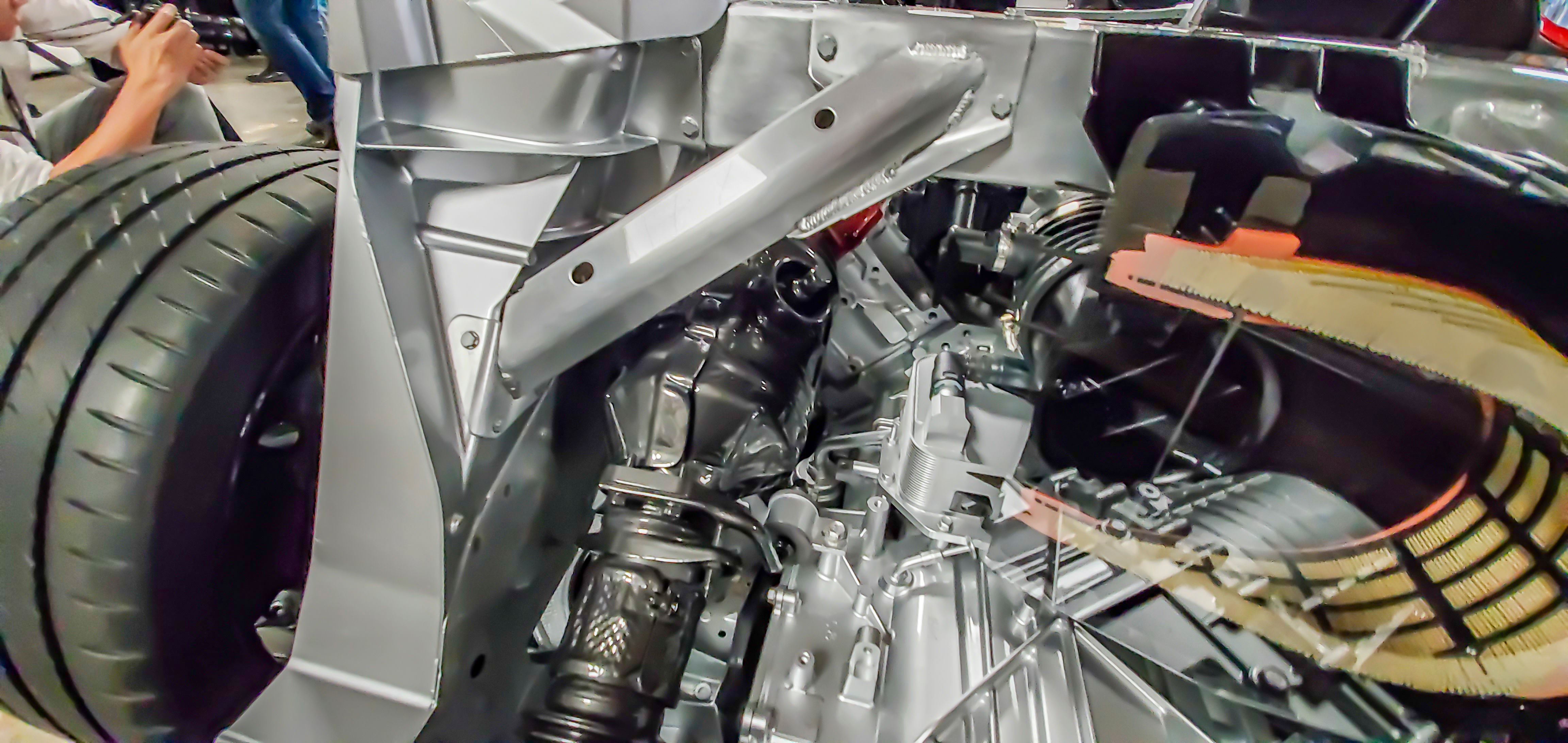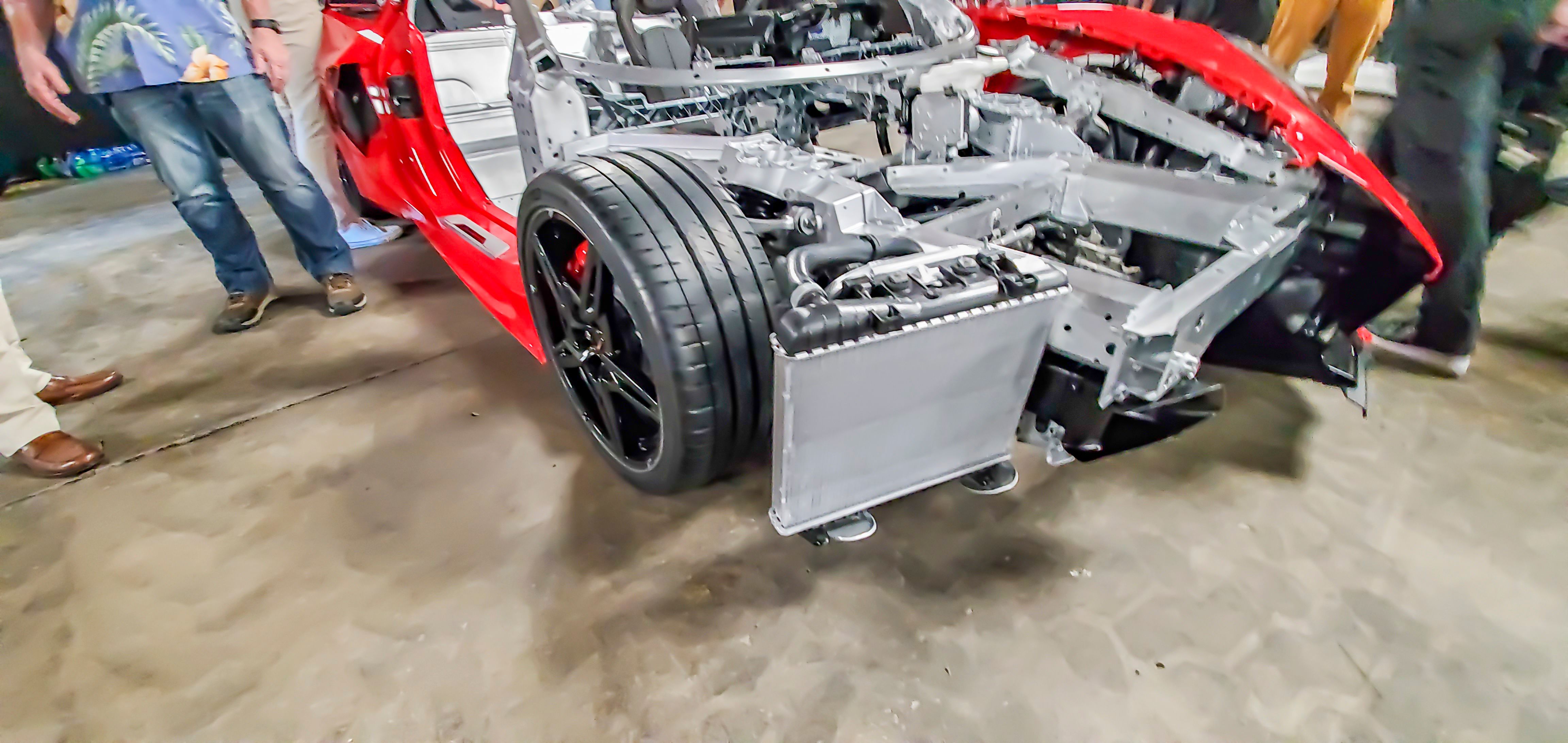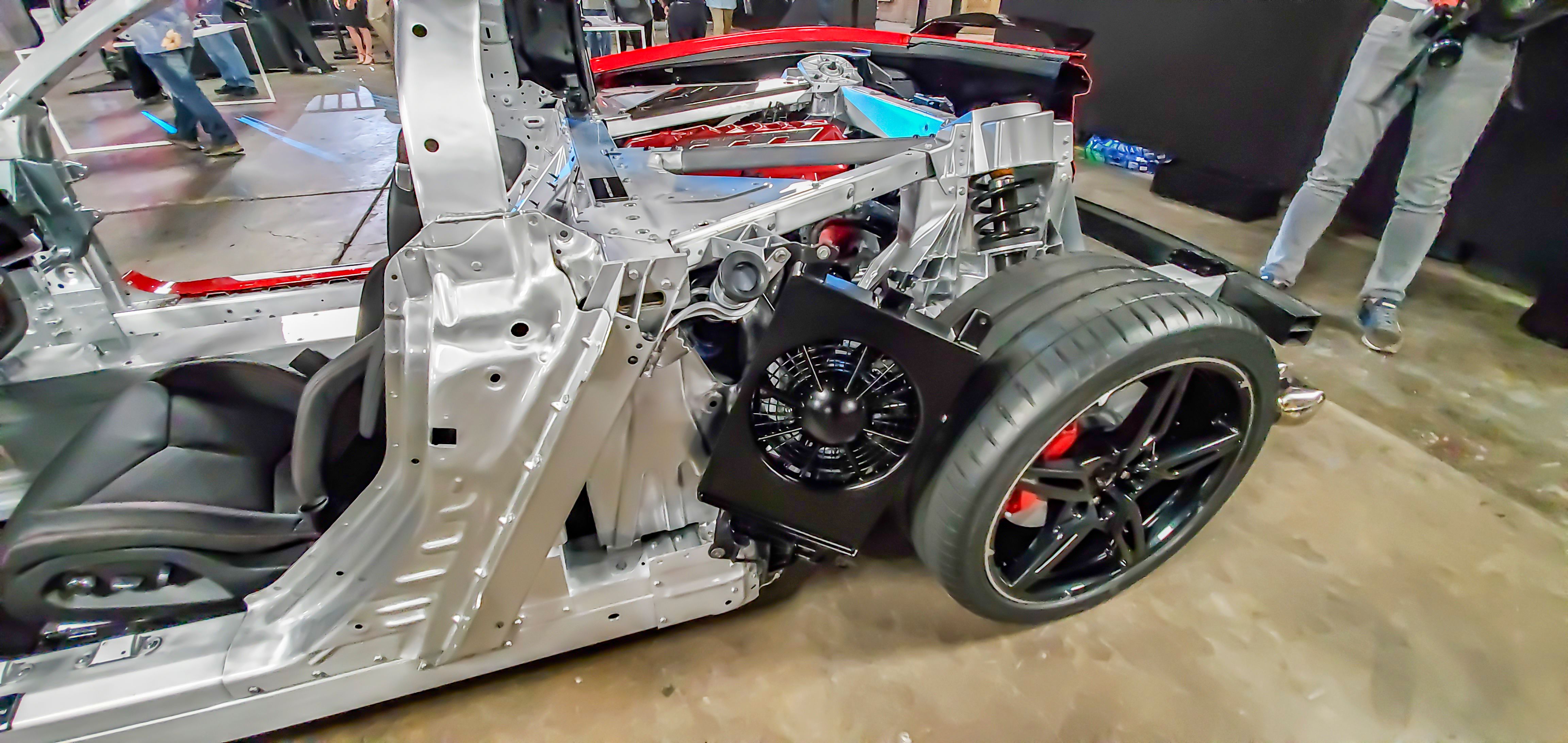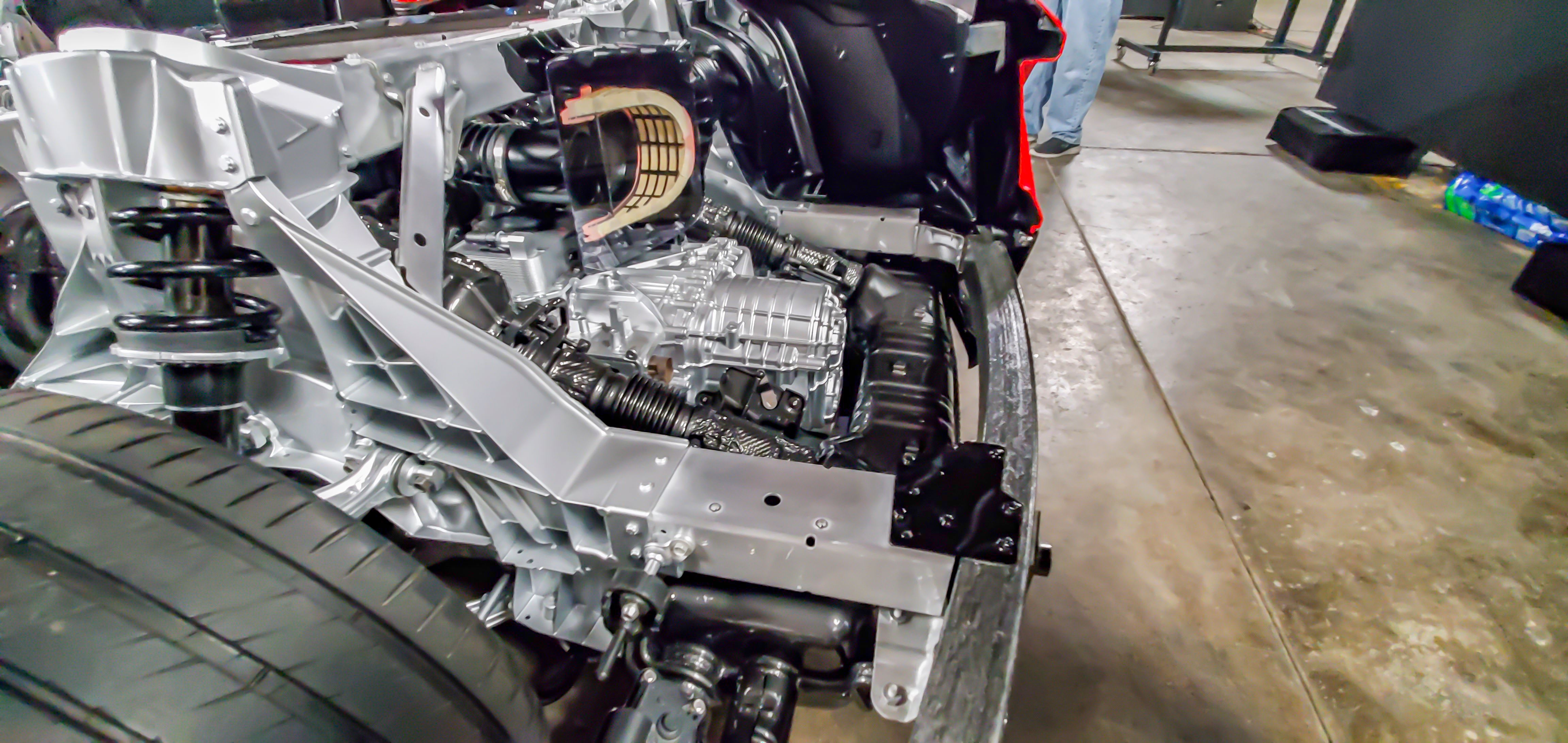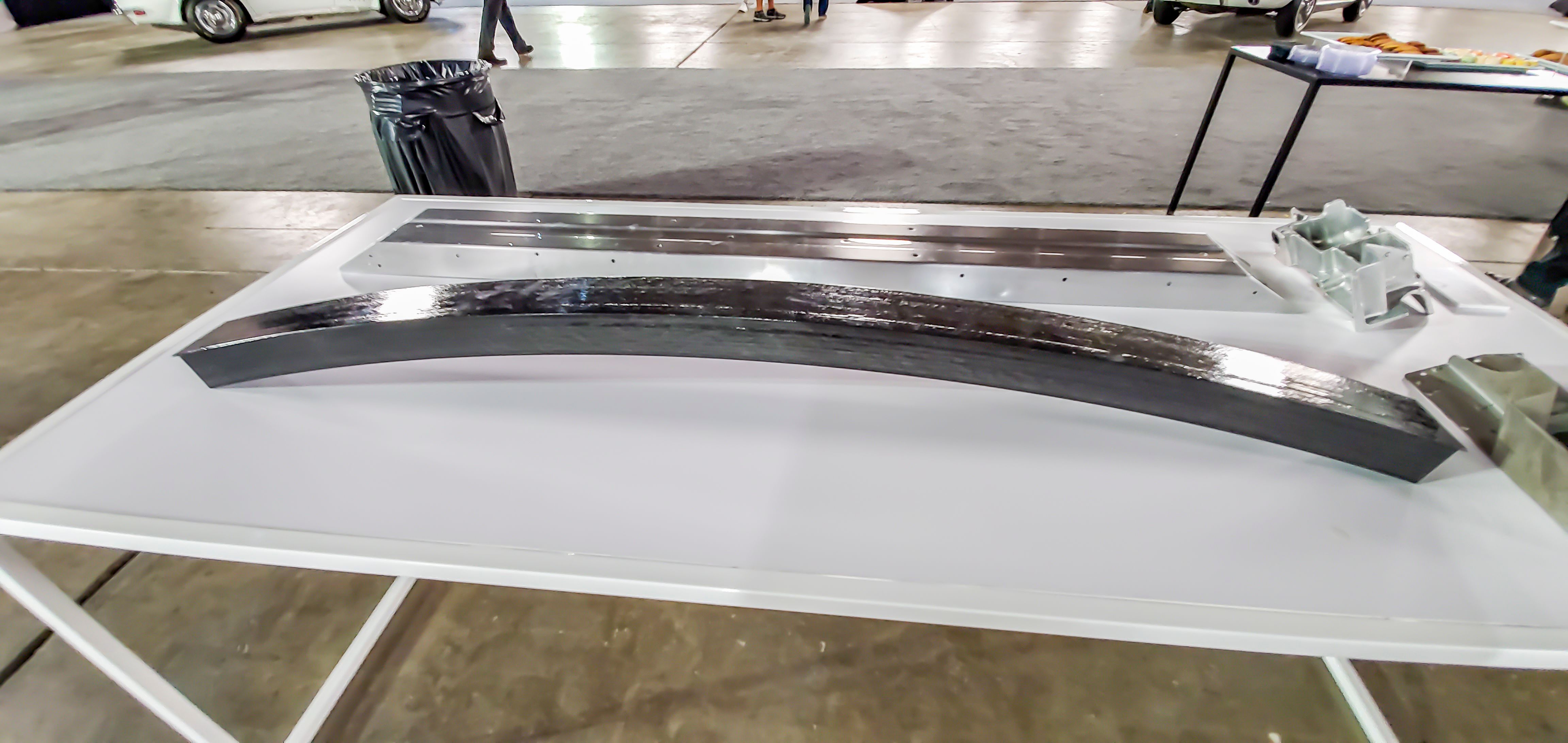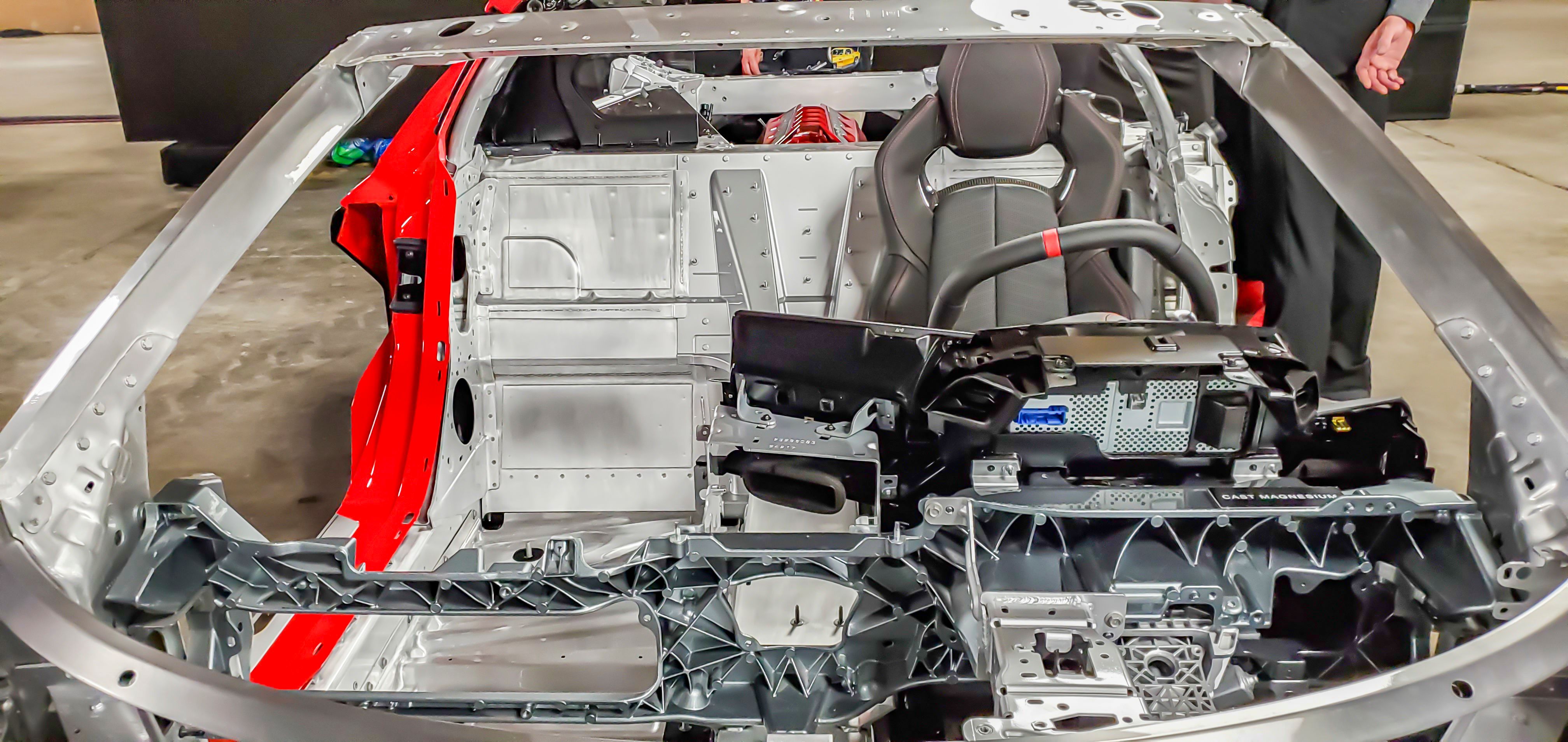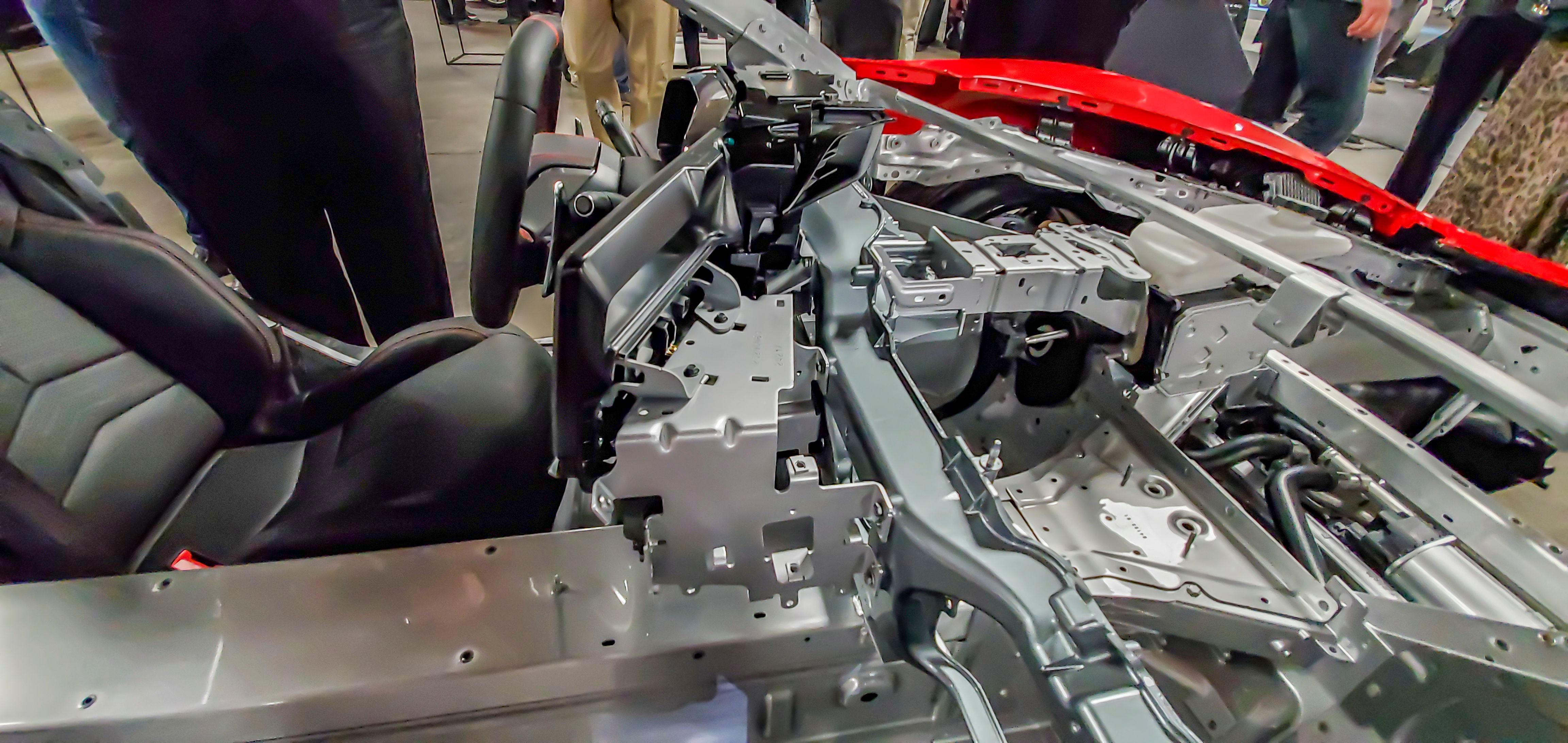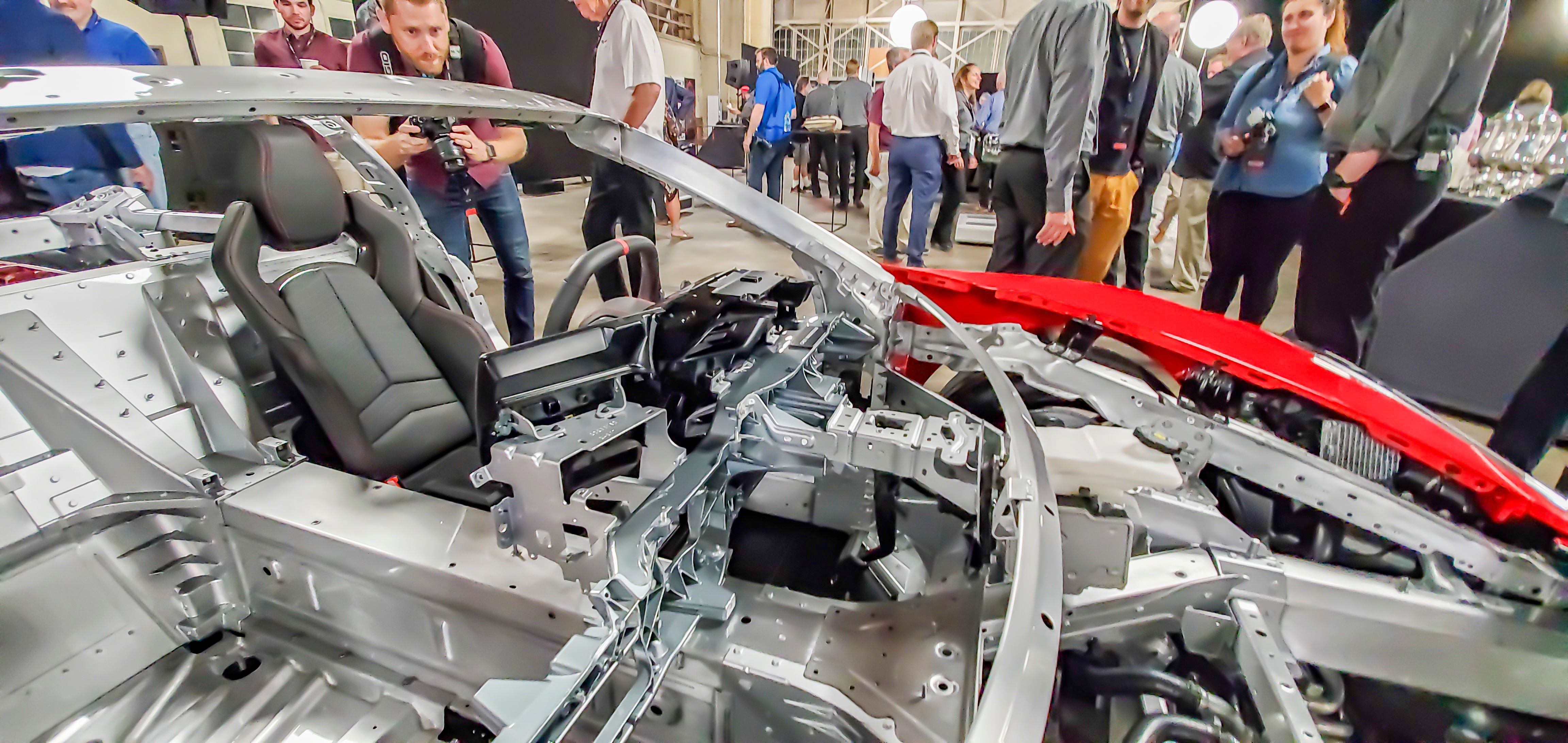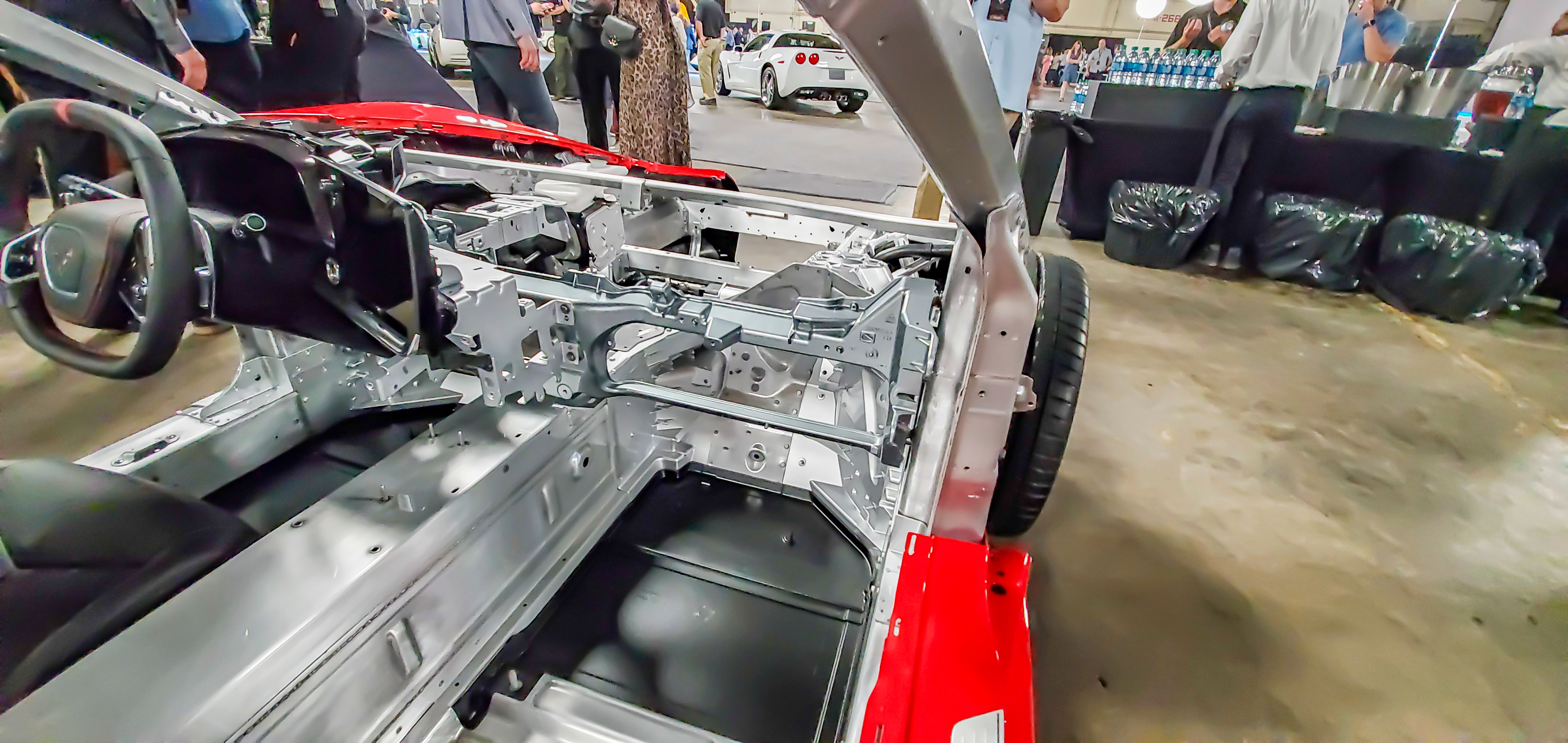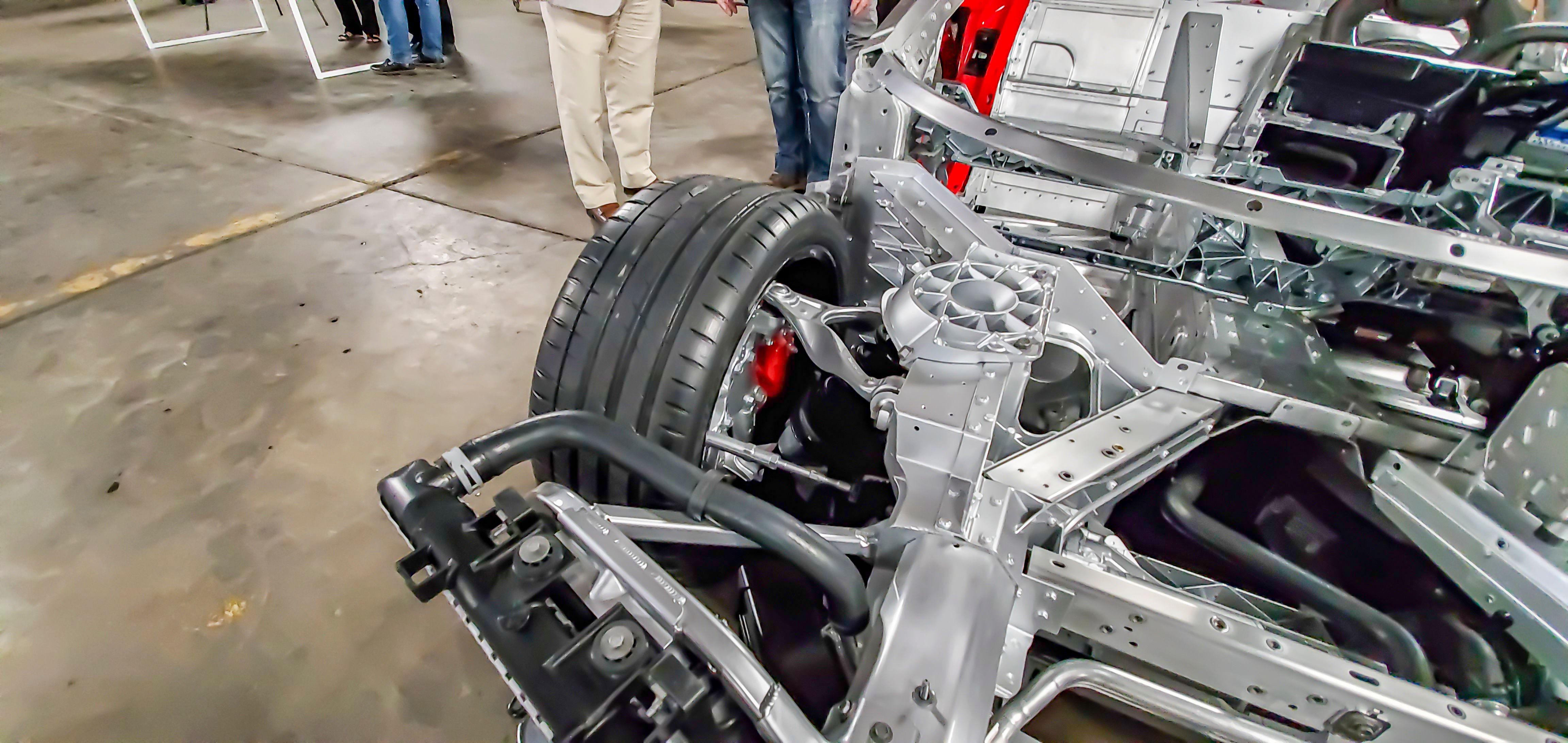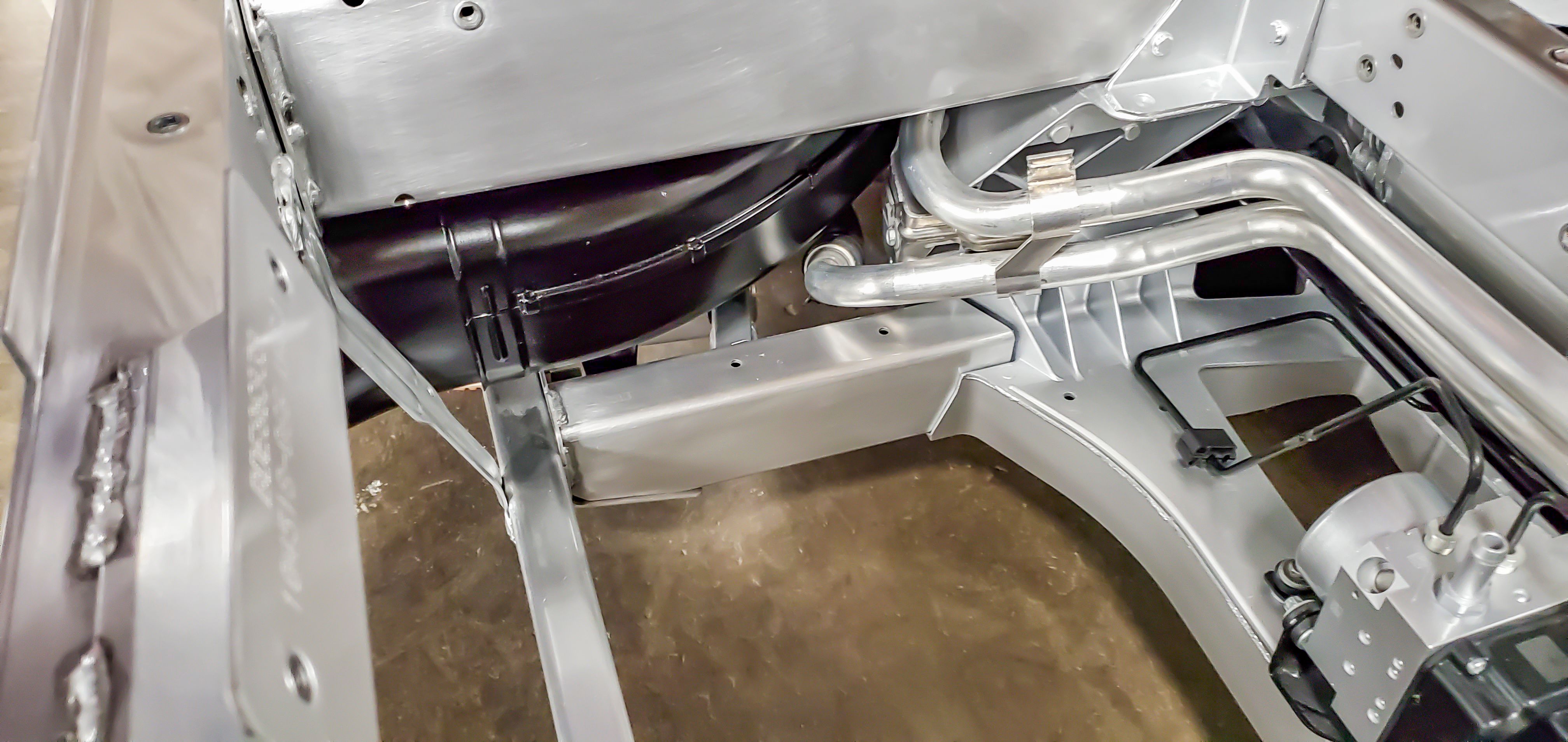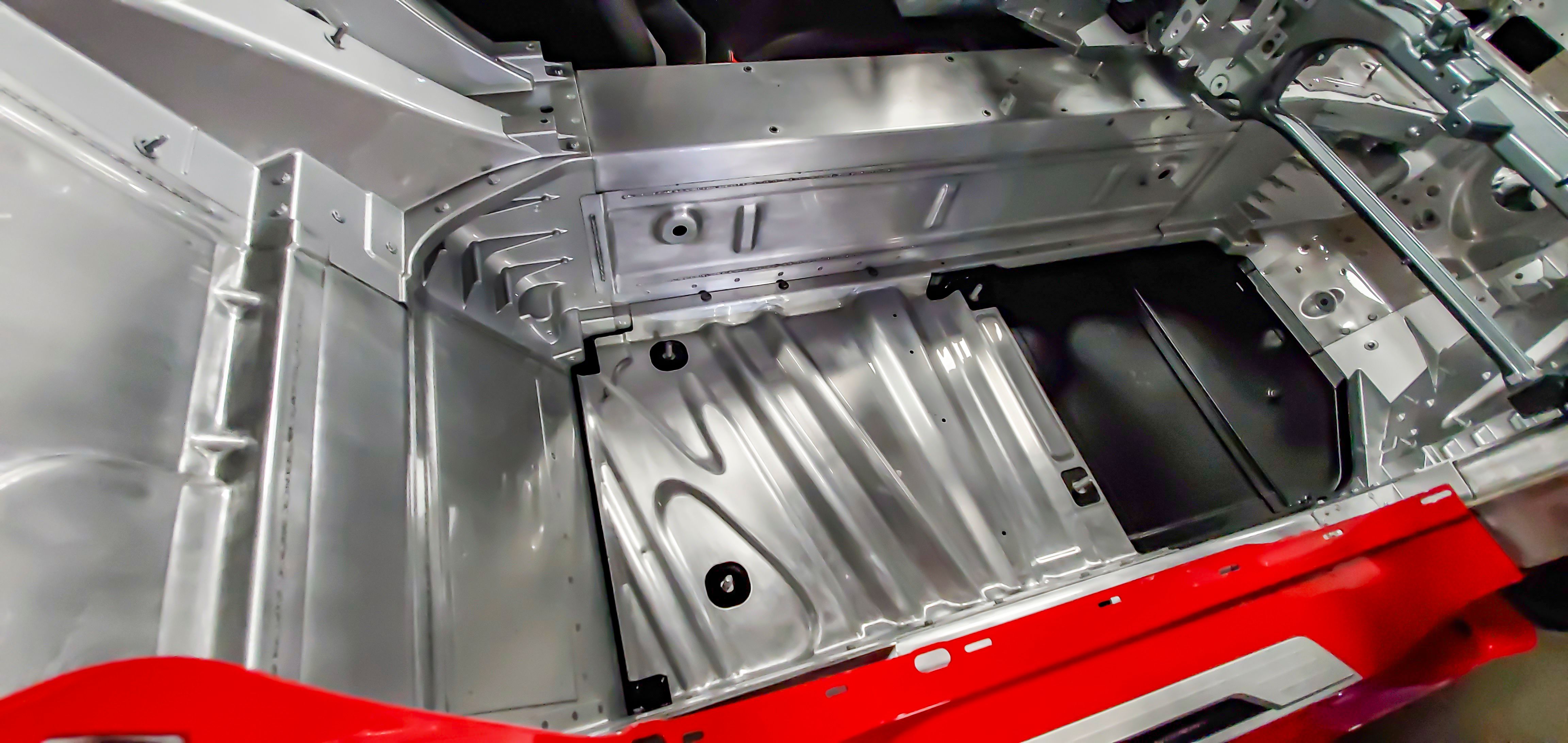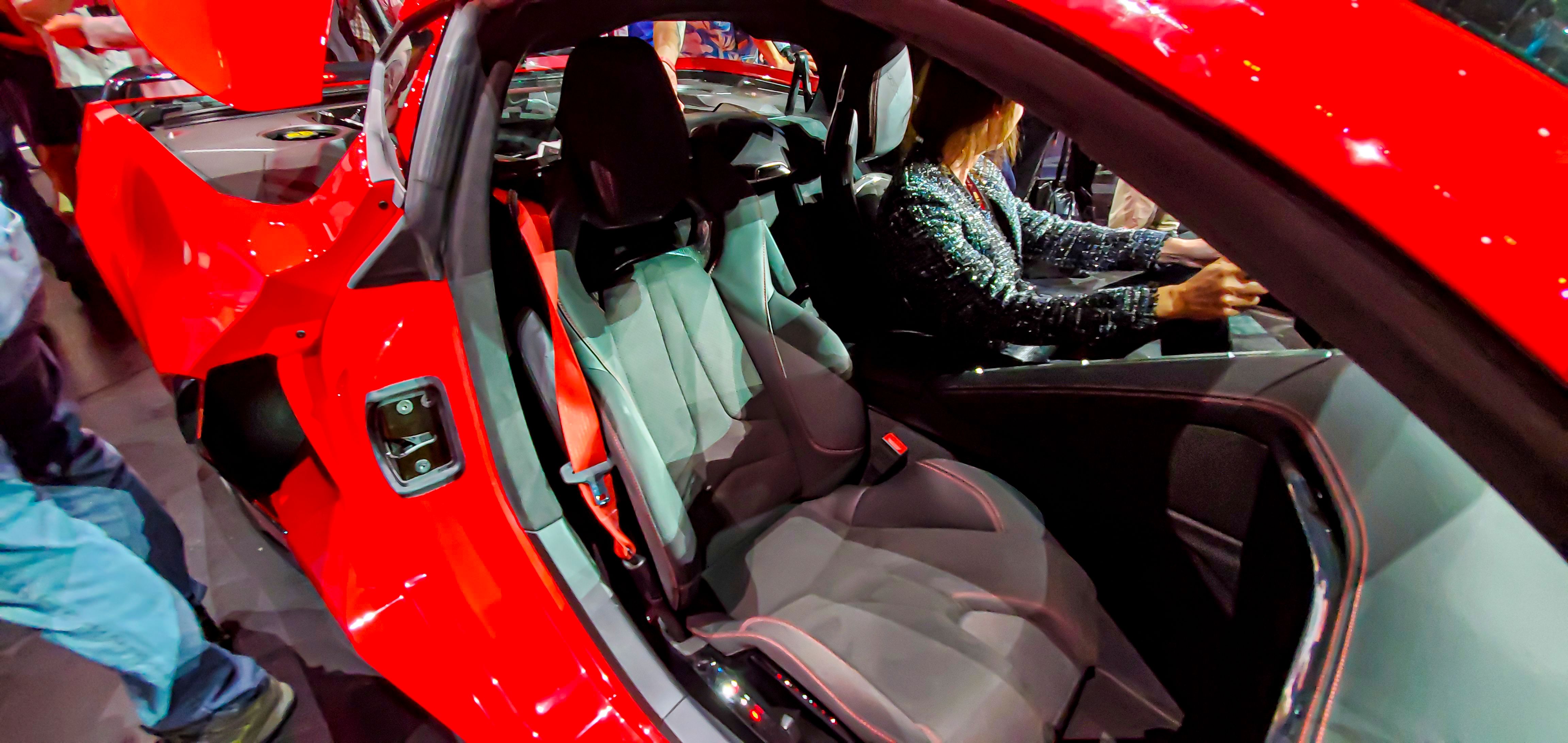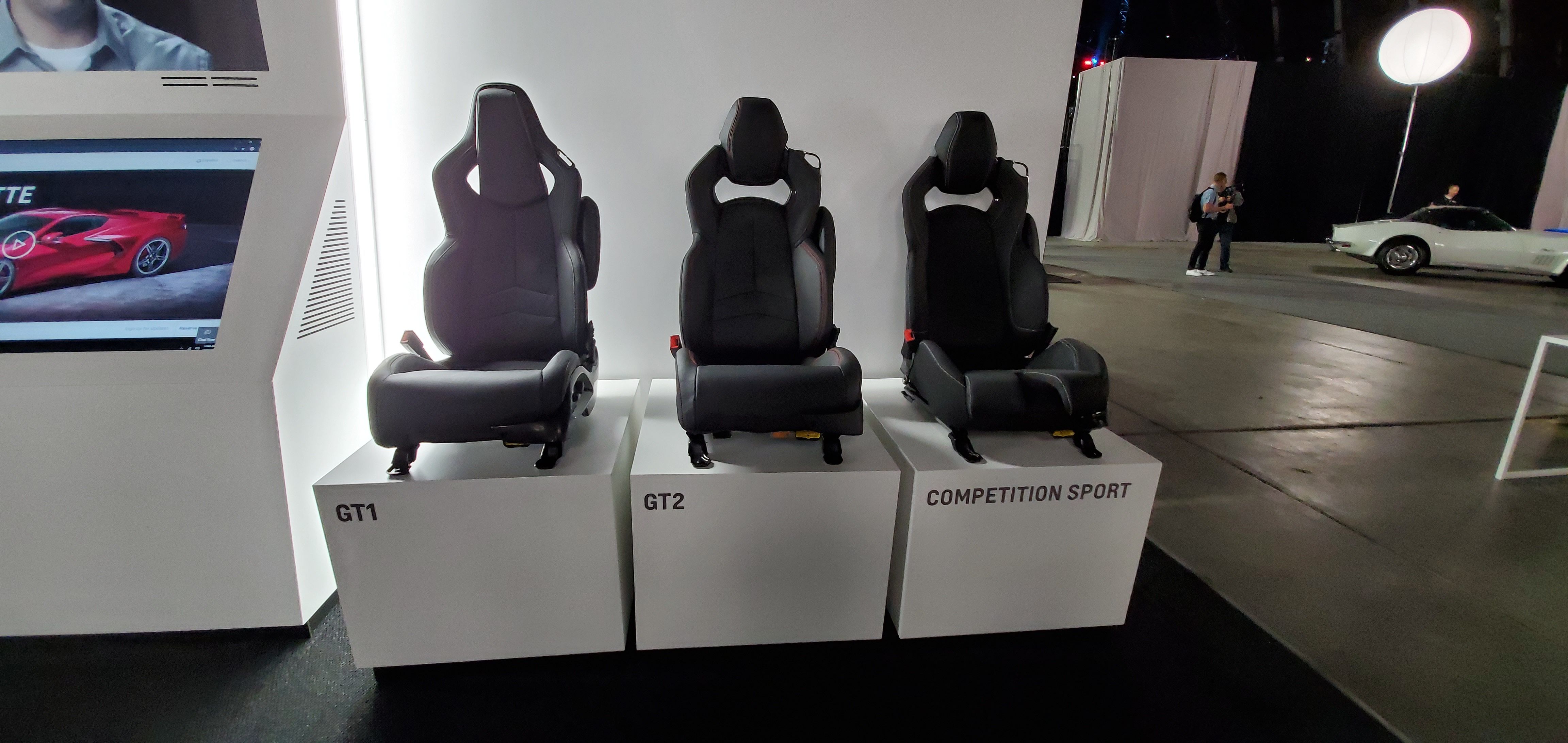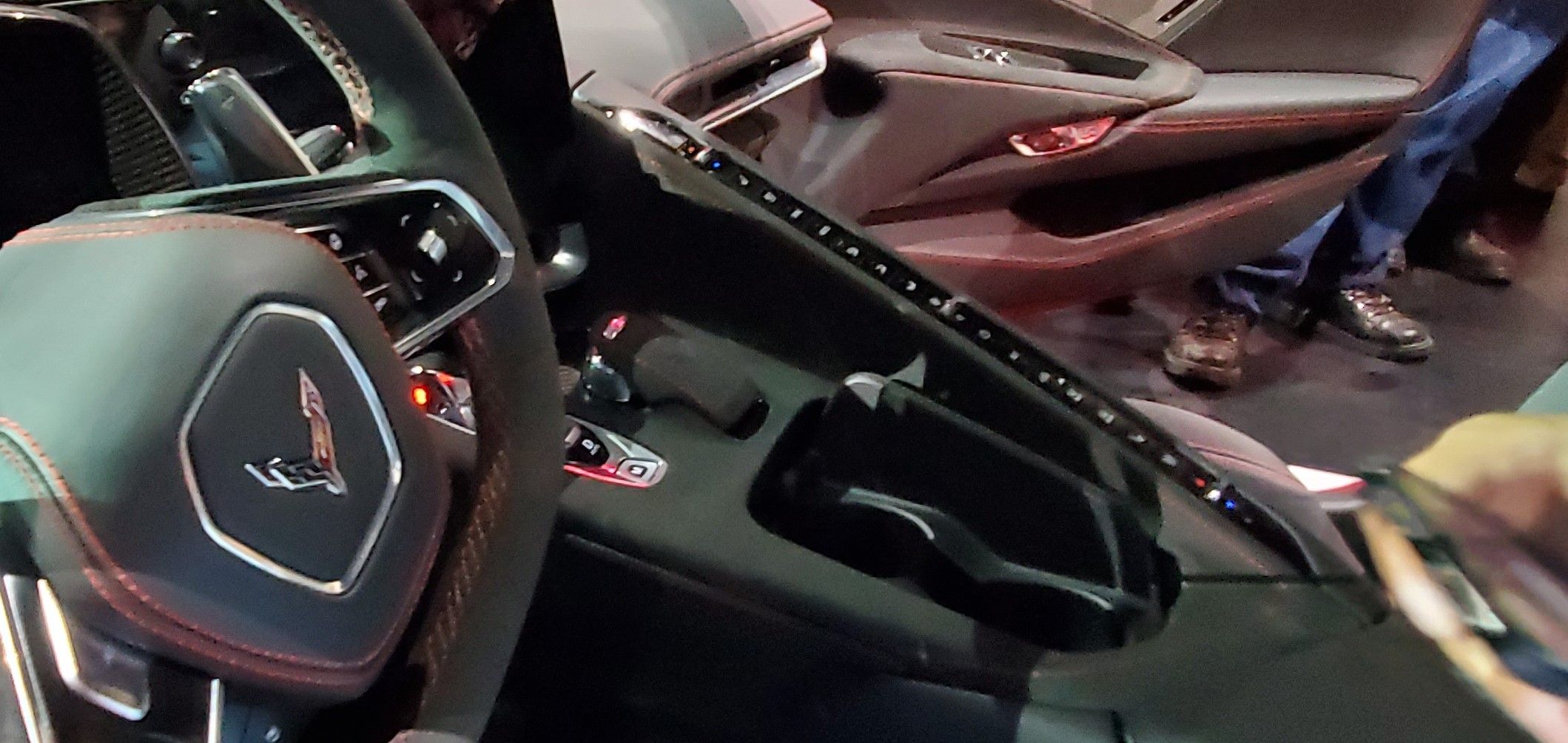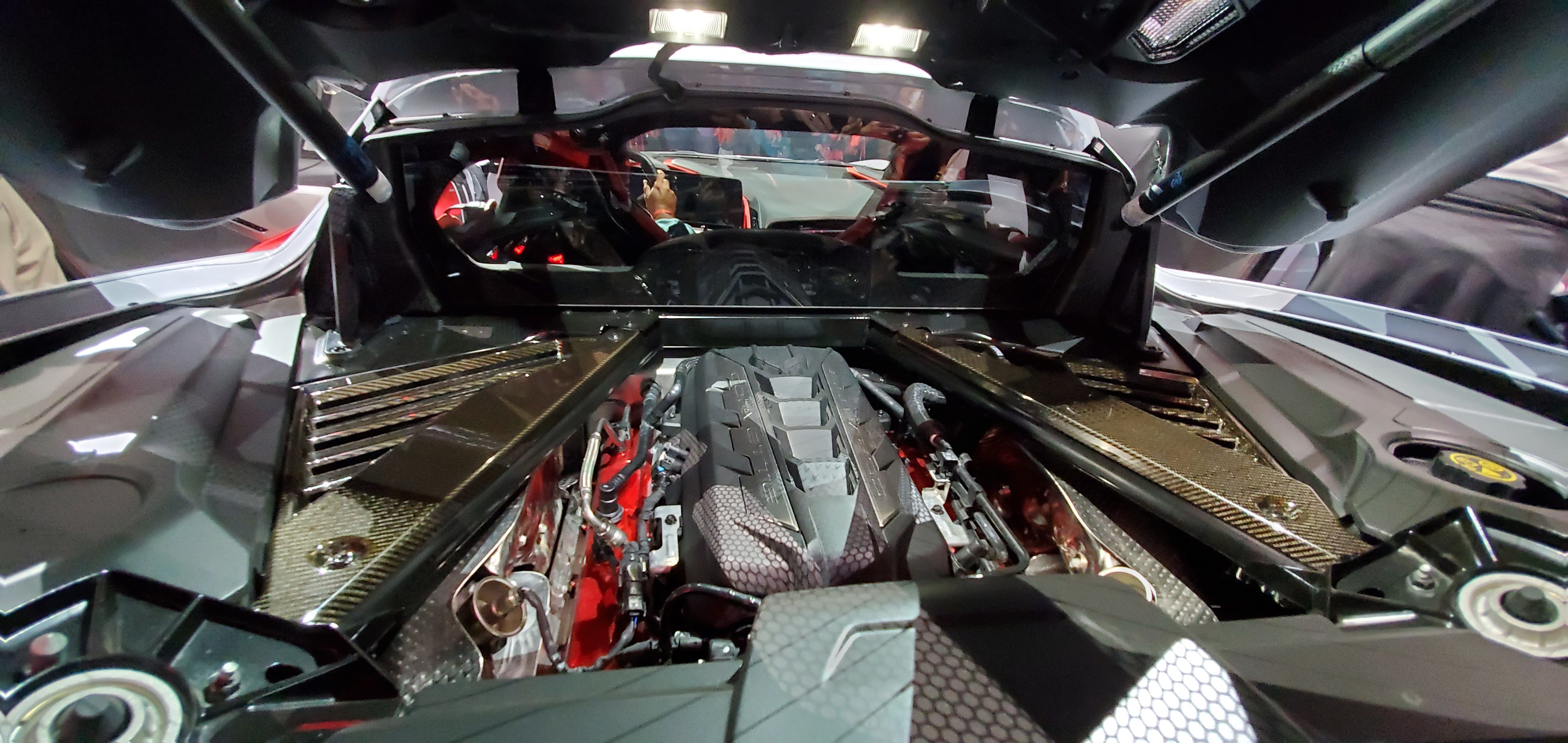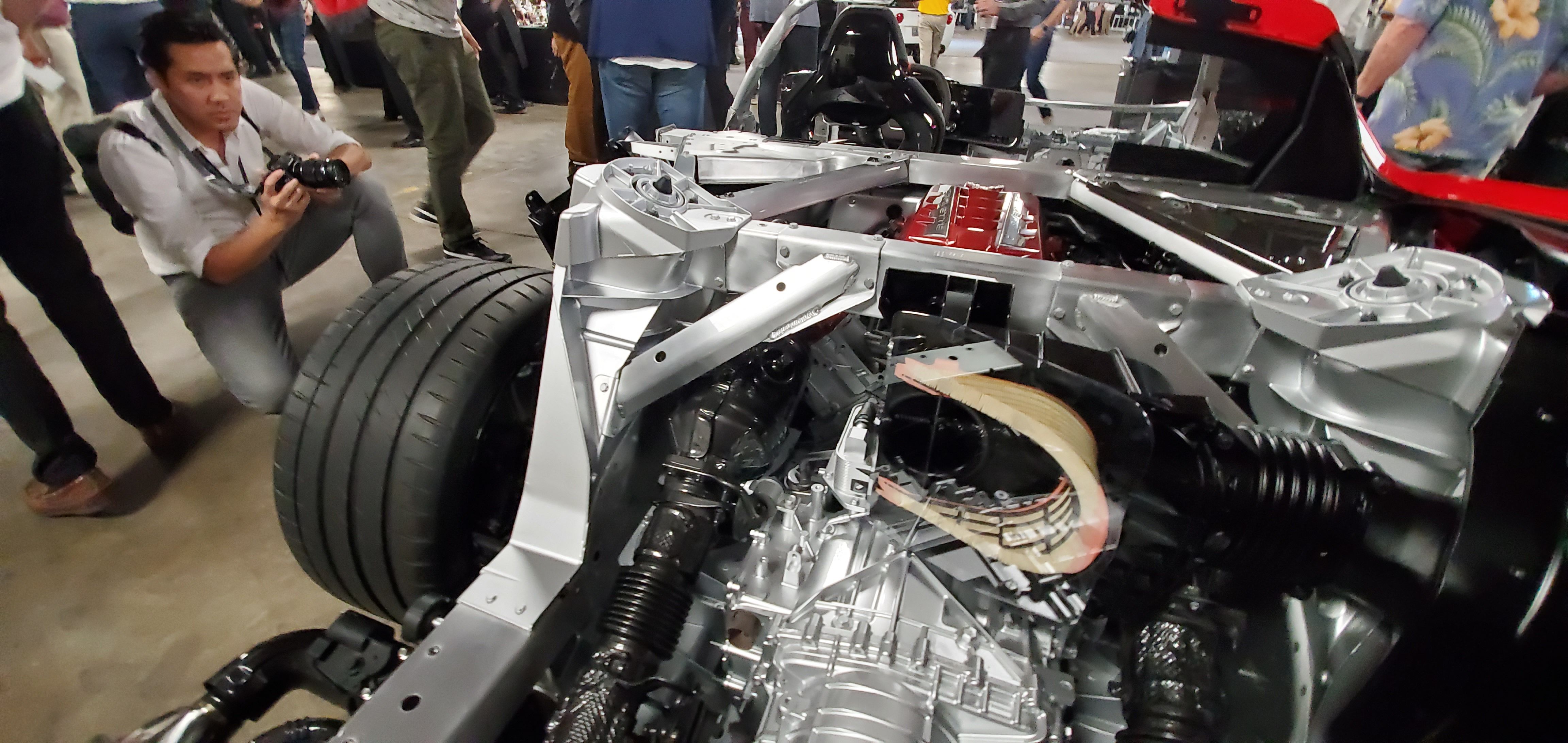The 2020 Chevy C8 Corvette represents the most radical, yet required evolutional step for the Corvette name and maybe even Chevrolet and GM as a whole. In terms of tech, design, aerodynamics, and performance, the new C8 Corvette is a massive departure from the C7 and the models that came before it. With the C8, Chevy is rewriting the rule book for its performance division, and the new C8 will probably lead to a number of significant changes within GM as a whole over the next decade.
With the C8 being such a huge big step forward, there’s so much to discuss regarding it and what Chevy had to do to create such a powerful car worthy of the supercar name with a price point that starts below $60,000. It certainly wasn’t easy, and since we were there for the C8’s big debut, we thought it would only be fitting to discuss what the mainstream media and other automotive outlets just aren’t telling you about the new C8 Corvette. With that in mind, I invite you to join me on a journey that dives deeper into the C8 Corvette and exposes what nobody else is talking about.
The Chevy C8 Corvette’s Structure Has Few Weld Points and Lots of Bolts
Upon leaving the staging area for the new C8 Corvette, we were greeted with a whole bunch of goodies near the exit of the blimp hangar that served as the venue for its debut. There was a cutout version of the C8’s 6.2-liter V-8, a cutout of the new DCT transmission, and a whole bunch of optional equipment and accessories. The most important thing we spotted, however, was the display car that was, quite literally, cut in half to showcase the C8’s crazy engineering. Naturally, we had to check this out and, to our surprise, the chassis and structure have very few weld points – a lot less than we expected anyway. It almost looks as if 80-percent of the structure can be disassembled with air or hand tools.
Fun fact: Most supercars, like the Lamborghini Aventador, for example, are designed to split in half in the event of a crash to protect passengers. Chevy didn’t elaborate on this at all during the debut, but we’re guessing the C8 is designed in the same manner.
The 2020 Chevy C8 Corvette Has Four Small Radiators
It’s been a long time since Chevy came up with a car that didn’t have the engine up front, so I was really curious to see what solution the brand came up with to keep the C8’s 6.2-liter V-8 cool – after all, there’s not a lot of airflow behind the rear seats. The truth is that the C8 Corvette has four radiators and four cooling fans, all four of which are a little more than a square-foot in size.
The coolant lines are, for the most part, run under the center of the car and are routed in a rather provocative manner through the front chassis. This is fine and all, but it does leave me wondering how Chevy can manage to cram a motor or motors up here in the event that the C8 really is offered with some form of electrification in the future.
The 2020 Chevy C8 Corvette’s Rear Bumper Support is Incredibly Light
The 2020 C8 Corvette, despite its performance and price range, is actually a bit heavier and larger than most of the other mid-engined cars on the market. And, that comes after Chevy made huge leaps in terms of reducing weight as much as possible. One such case is the rear bumper support – the bar that runs horizontally and absorbs any impact from the rear. This thing, while outrageously strong, weighs what I have to estimate as a little less than three pounds and even possibly closer to two pounds, yet it’s one of the strongest parts of the C8’s structure. Its made of carbon fiber and is hailed as an industry first.
It wasn’t really put into perspective for us until we were able to hold that bumper support along with the rear bumper support for the C7 Corvette. The difference is absolutely crazy. T
The Chevy C8 Corvette Has a Cast Magnesium Crossmember Behind the Dash
In yet another scheme to reduce weight, Chevy decided to go with a cast magnesium cross member to support the dashboard, HVAC components, and electronics up front. Whether or not this magnesium support actually assists with structural rigidity remains to be seen but we do know that magnesium is considered stronger than aluminum (the primary material used to make the C8’s structure), steel, and titanium in most applications.
Despite Having a Mid-Rear Engine and Rear-Wheel Drive, the C8 Corvette Does Have a Central Tunnel
The 2020 Chevy C8 Corvette is only offered with rear-wheel drive at this time and with the engine and transmission situated in the rear, there really isn’t a need for a central tunnel – or so you think. Believe it or not, the C8’s structure has a rather large central tunnel.
The 2020 Chevy C8 Corvette Was Built With Electrification in Mind, but AWD May Not Happen
The 2020 Chevy C8 Corvette Has Some Pretty Intense Brake Cooling
The corner vents on the C8’s front fascia actually serve a dual purpose. They are there to allow airflow through the front radiators I told you about before, but they also feed air into large plastic channels that send air directly to the front brakes. You can see the channels in both of the images above, however, due to the C8’s structural configuration, it was difficult to get a good shot.
The 2020 Chevy C8 Corvette Has Plastic Floor Pans…Kind of
I have to admit that I was surprised to see what appeared to be plastic anywhere in the C8’s structure, let alone in a place where the floorboards are supposed to be. Sure, there is a steel panel below where the seats are located, but below that, the plastic panel you see in the footwell carries back toward the rear. Needless to say, I had to ask what was going on – I understand the concept of weight savings and all, but damn, this is going to extremes, right? Well, maybe not as much as you might think.
The 2020 Chevy C8 Corvette has Very Supportive and Comfortable Seats
A lot of people have criticized Chevy for offering three different seats in the C8, with the most supportive seat setting you back some $2,000 or so.
People Hate the C8 Corvette’s Row of HVAC Control Buttons, But They Make Sense
I’ve heard a lot of complaints about that controversial row of buttons along the passenger side of the center console, but I have to tell you, it really isn’t as bad as people lead you to believe. When you actually sit down inside the C8 Corvette, the first thing you notice is that everything that’s vital, including the infotainment system, is angled directly at you, the driver.
We May Never See a Forced-Induction Version of the LT2 V-8 in the 2020 Chevy C8 Corvette
I know this sounds like a bummer, but the LT2 and the C8’s chassis don’t seem to be too friendly when it comes to forced induction.
If GM has somehow managed to prepare a forced-induction setup and sticks with the LT2 for higher-performance versions of the C8, I’m guessing it will be very innovative. Then again, the question arises about just how much power the LT2 can manage to pump out and maintain reliability. Something tells me that Chevy wants to stick with natural aspiration for the LT2 and has designed the mythical LT7 that we’ll here about later on with forced induction and\or electrification in mind. The way the LT2 is set up in the C8 Stingray, however, has me questioning whether or not forced induction is even possible.
Final Thoughts
In the end, I think Chevy is rewriting the book on affordable sports cars. Scratch that – affordable supercars. The car is meticulously engineered and is impressively put together. The weight savings alone goes to show just how hard engineers worked to keep the car as lightweight and performance-oriented as possible. How well the C8 Corvette will hold up down the road remains to be seen, but the Corvette has always been a halo car for Chevy, and there’s no doubt in my mind that the proper money was spent to do everything right from R&D down to the torque of every last bolt.
There is still one thing that hangs over its head, though, and that’s the overwhelmingly large amount of senior ownership. A large percentage of Corvette owners are at or near the retirement stages of their lives – it’s really not a young cat's car. And, I heard a lot of negative comments about it during the debut from the “more seasoned and aged” drivers. In short, a lot of the older crowd didn’t like it and some even left the event early. That said, I think this new, radical design will most likely draw in crowds of younger buyers, especially when you can get exotic looks and performance at a reasonable cost, and there won’t be some sort of limited production or cherry-picking like Ford did with the new GT.
So, I believe that the new C8 Corvette will open a lot of doors for Chevy if it’s put together right and really performs as we expect. For $60,000, Chevy just made a lot of high-performance sports and supercars rather obsolete unless you’re looking to boast a badge or spend more money than your wife probably thinks you should. I’m curious to see how this all plays out for Chevy, but I think things will work out just fine.
Further reading
Wait, the All-New 2020 Chevrolet Corvette C8 is Priced How Much?!
Read all about the mid-engined Corvette concepts that never made it to production!
Read our speculative review of the 2020 Chevrolet Corvette Zora ZR1
Read our full review of the 2019 Chevy Corvette ZR1
Read up on the 1953-1962 Chevy C1 Corvette
Check out our review of the 1963-1968 Chevy C2 Corvette
Read our in-depth review of the 1969 Chevy Corvette 427 C3
Read up on our review of the 1997-2004 Chevy C5 Corvette}
Read up on the 2005-2013 Chevy C6 Corvette
Check out our full review of the 2014-2019 Chevy C7 Corvette
The 9 concepts that led to the mid-engined Chevrolet Corvette C8

